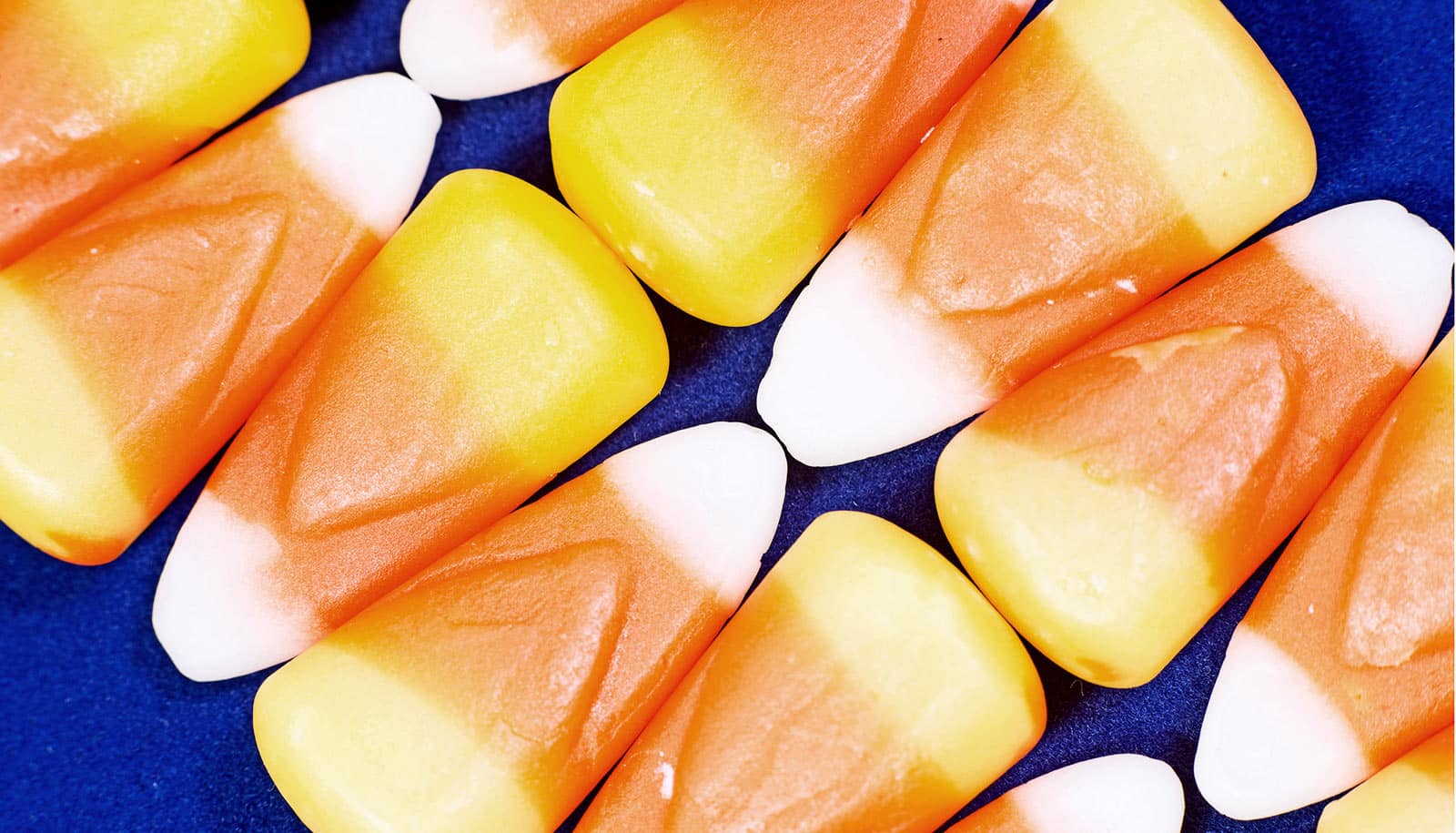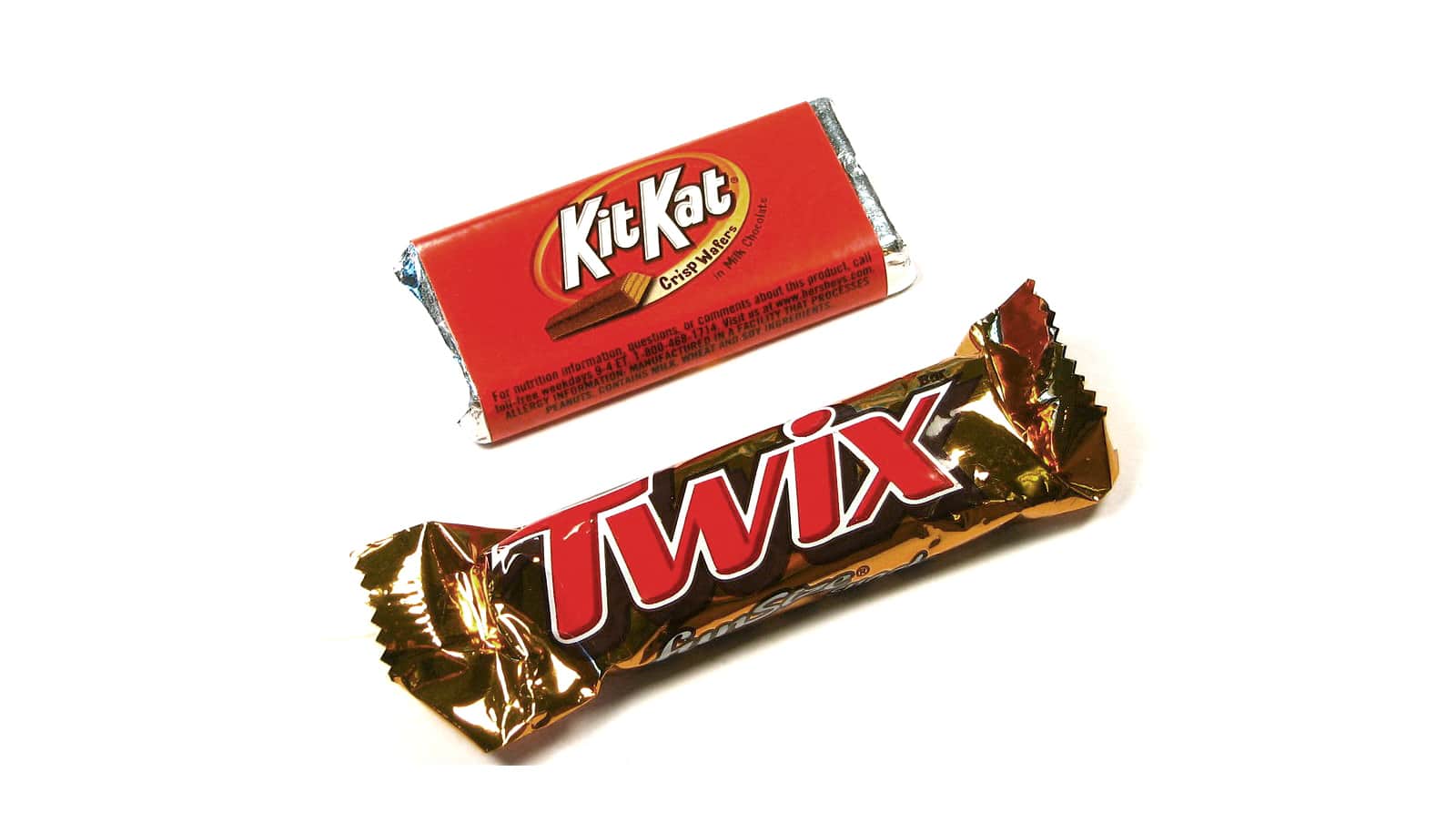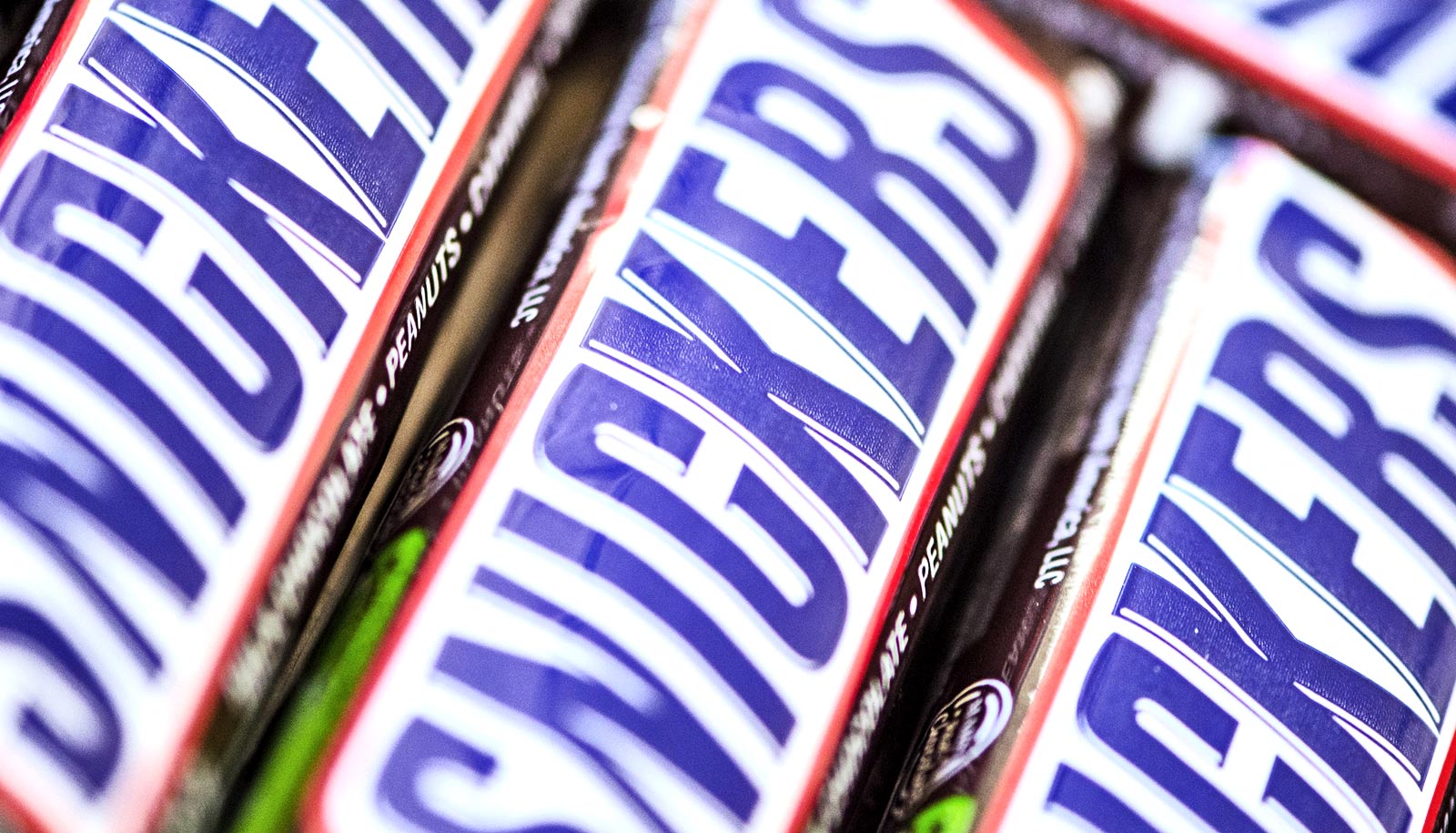Sweet foods and drinks are hard to avoid around Halloween, but it’s not only our general health that suffers. These treats also have consequences for our oral health, and can lead to cavities—the most prevalent chronic disease in both children and adults.
Research shows a clear link between our food habits and the health of our teeth and gums, but dentists and nutritionists have traditionally had little opportunity to collaborate.
“Integrated health is the future of health care,” says Amr Moursi, professor and chair of pediatric dentistry at the College of Dentistry at New York University. “You cannot have good overall health without having good oral health, and good nutrition habits are the key to good oral health.
In this spirit, NYU News asked dental and nutrition experts to share five tips about oral health and nutrition, including which snacks are OK to put in our Halloween bags.
Tip #1: Stick with water.
Water is your healthiest drink option—especially tap water, which typically contains fluoride. Plus, staying hydrated is good for your whole body.
Not only is water devoid of sugar, but it helps wash away food particles that can get stuck to your teeth. These food particles feed bacteria in your mouth—leading to the formation of plaque and, ultimately, cavities.
Bored with regular water? Try flavored water or seltzer. (While carbonated water will not harm your teeth, the fizzy drinks should be consumed sparingly if they contain added sugar or acidic flavoring.)
Tip #2: Dairy, vegetables, and fruit are good for you—and that includes your teeth.
In addition to water, milk (without added sugars) is a healthy drink choice for your oral health and overall health. Dairy products such as milk, yogurt, and cheese contain calcium, an important nutrient for healthy teeth and bones.
Often what’s good for your body is good for your teeth (with a few exceptions). Lisa Sasson, clinical professor of nutrition and dietetic internship director at NYU’s Steinhardt, says that fruit, vegetables, and whole grains should be part of a healthy head-to-toe diet.
Tip #3: Some sneaky foods and drinks seem healthy, but actually harm our teeth.
We know that soda isn’t good for us, but juice must be healthy because it’s fruit—right?
“Many parents don’t realize the amount of sugar in juices. Even 100 percent juice has a lot of natural sugar in it,” says Jill Fernandez, director of pediatric outreach and prevention programs at the College of Dentistry. Fernandez says that children under 6 years of age should only have four to six ounces of juice a day—or the equivalent of one small juice box.
Other seemingly healthy foods can be problematic because they end up stuck to our teeth.
“Dried fruit such as raisins and fruit snacks are sticky and do not dissolve quickly, making a feast for germs to munch on and produce acid,” says Fernandez. “Most people think only candy causes cavities, but much of the food we eat like chips, crackers, and bread contain carbohydrates that turn into sugars in the mouth. The germs that feed on them don’t care if it is sugar from a lollipop or a cracker.”
So should we avoid juice and dried fruit altogether?
“These foods do not need to be avoided but one should try to brush, drink water, or chew sugarless gum after consuming them,” explains Sasson. (Sugarless gum helps stimulate saliva, which is our body’s own natural anticavity factor.)
Fernandez recommends always brushing with a fluoridated toothpaste, twice a day for two minutes at a time.
Tip #4: It’s not just what you eat—it’s when you eat.
Some nutritional advice calls for eating smaller meals throughout the day or snacking between meals to keep up your metabolism. But when it comes to oral health, constant snacking can cause trouble.
According to the American Academy of Pediatric Dentistry, dental health depends less on what we eat and more on how often we eat. In other words, snacking on sugary foods and drinks all day long—whether it is cookies or grapes—means that we’re constantly feeding the cavity-causing germs that live in our mouths.
“Constant snacking and drinking throughout the day, even on healthy foods and drinks, will greatly increase your risk of cavities. The children in my practice who get lots of cavities are the ‘snackers,’ not necessarily those with a sweet tooth,” says Moursi.
“If you eat sweet foods, it is better to have them during a meal,” says Sasson. “Grazing, sipping sweetened beverages, or sucking candies all day means that you are exposing your teeth to a lot of added or natural sugar.”
Tip #5: Opt for chocolate instead of gummy bears this Halloween.
Caramel, gummies, and other sticky candies can wreak havoc on our mouths. Not only are they loaded with sugar, but they get stuck to your teeth, increasing your chances for tooth decay. Sour candies, which are acidic, can also be troublesome for your teeth as acid erodes enamel.
Chocolate, on the other hand, is less sticky and acidic. Dark chocolate is your best bet—it often contains less sugar than milk chocolate and offers antioxidants that can keep bacteria from sticking to your teeth, which in turn can prevent tooth decay and gum infections.
The key to candy? Moderation.
“I never say never to eating candy—but it should be eaten in moderation and only on special occasions,” says Fernandez.
When eating Halloween candy, Sasson recommends having it at a specific time and brushing or drinking water after. Parents can help limit how much candy their children have, but Sasson agrees that prohibiting it isn’t the way to go.
“I don’t think Halloween is a time to give kids healthy snacks. For kids, the memories of Halloween should be wonderful and filled with fun,” says Sasson.
Source: NYU



